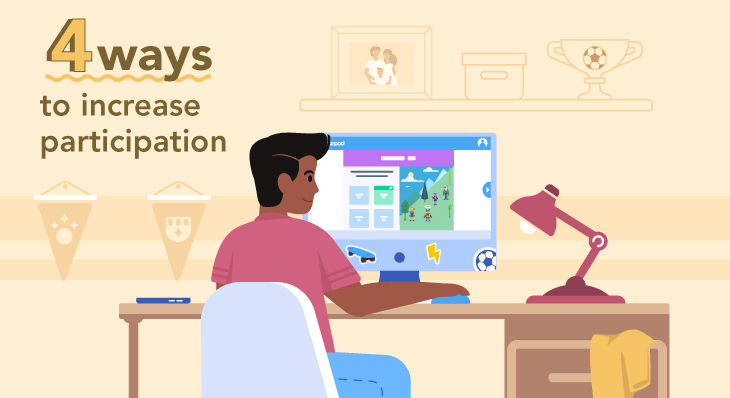
Distance learning guide: Four ways to increase engagement and participation
Many students are learning at home, which means educators are rethinking what it means for their classes to be engaged and participating in lessons. Many tried and true practices for increasing student engagement are dependent on physical presence and real-time feedback, adding an additional layer of challenge to creating meaningful classroom learning. Plus, teachers and students are forced to redefine “participation” as they are no longer learning in the same space, or even, sometimes, at the same time.
We had feedback from our educators that Nearpod helped them get all students actively joining the lesson and bring a sense of normalcy to remote learning.
“Nearpod is essential for distance learning because it is very interactive. You are able to see participation and not have to wonder if students logged on and walked away. For students who are not able to log on during our scheduled meeting time, they can log on to student paced and participate on their own time.”
-Junique Greene, Teacher in North Carolina
Even though we’re physically disconnected, Nearpod can help students feel connected
So let’s get into it. How does Nearpod support academic engagement?
1. Rich media in interactive lessons
In the physical classroom, experiences like labs, discussions, and even field trips open up the door for hands-on, minds-on learning. These experiences are often students’ favorite part of a unit, and drive engagement and participation even after the activity is over.
While we might not be able to visit museums or do in-person labs, virtual instruction does not have to be void of hands-on experiences. With Nearpod, you can move from passive to active learning by adding virtual reality (VR), interactive video, and simulations to drive connections and encourage exploration, while embedding questions that spark critical thinking and creativity.
VR field trips
Our 350,000 VR field trips bring the world into the classroom, and now they are bringing the world into the homes of students. Our immersive VR experiences can be used on any device with or without VR goggles.

Simulations
Simulations can also be part of making those real-world connections. They engage students and enrich learning. Simulations allow students opportunities for exploration and hands-on, minds-on learning. With Nearpod’s integrations with PhET, you can easily embed math and science simulations into any lesson!
2. Engagement around formative assessments
Checking for understanding throughout your lesson not only drives student engagement, but also gives teachers real-time insights into student learning. When classrooms aren’t physically together, it’s even more important for students to be able to show what they know, and for teachers to get a pulse on what their students have learned.
Formative assessment is a hallmark feature of Nearpod. You can choose from a variety of question types that give students multiple ways to demonstrate learning (and have fun!) Examples include: Poll, Time to Climb quiz, Draw It, and more. These activities are engaging for your students, and provide you with reliable data on their level of understanding.
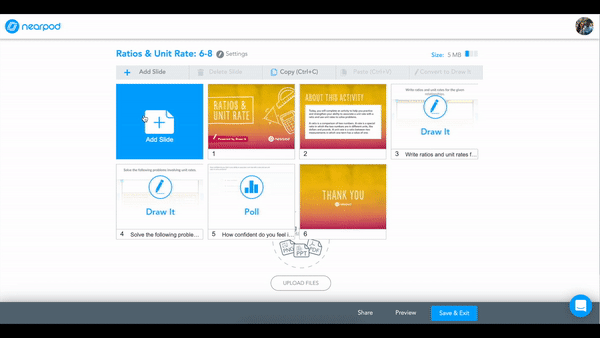
Add Nearpod’s formative assessment features to any point of your lesson or video for pre-determined checks-for-understanding, and hear from every student for every activity!
3. Fostering classroom community
Class community is still an important part of driving student engagement and participation, even when that community has to be virtual. Class routines and rituals have, for many educators, gained even more importance as teachers and students adapt to virtual instruction. With Nearpod, you can foster and maintain class community, even from a distance.
“I have been using it for over 3 years now and it has made my transition to distance learning almost seamless. To my students, it still feels like school and they are still able to interact with each other.”
-Elizabeth Wilson, Teacher in Florida
Gamification
One way to create a class community is through routines that bring joy (and sometimes even a little competition) to your virtual classroom. Try using our Time to Climb quiz game as a way to assess prior knowledge, or as a summative assessment at the end of the week. This can build in a moment of structure that the whole class will look forward to, and the competition and excitement will engage your students, no matter where they are. You can create your own, or use our premade Time to Climb quizzes from our lesson library.

Collaborate Boards
Our interactive virtual discussion board, the Collaborate Board, is a great way to encourage student interaction. Students post responses to a prompt to a message board. Responses can be text, images, or both, meaning every student has an access point to participate, and you can hide student names for anonymity. Collaborate Boards are great for:
- Priming discussion
- Brainstorming ideas
- Reflecting on a skill or concept
- Sharing experiences
- Quick SEL check-ins
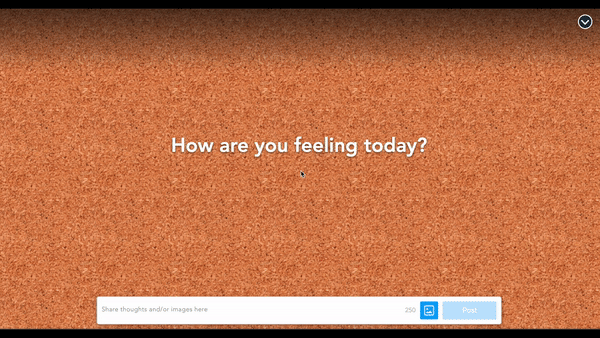
You can also add any of your favorite collaboration tools to your Nearpod lesson with a weblink.
Flocabulary
Another routine way to build classroom community is by incorporating Flocabulary hip-hop videos to reflect student interest and identity during instruction. Flocabulary is a great way to introduce a new topic and teach vocabulary. You can leverage the supporting activities, like Vocab Cards, to reinforce what students have learned and provide opportunities to express creativity. At the end of a unit, students could use Lyric Lab to write their own rap about the topic they’ve learned. Flocabulary videos can be added inside Nearpod lessons or used on their own.
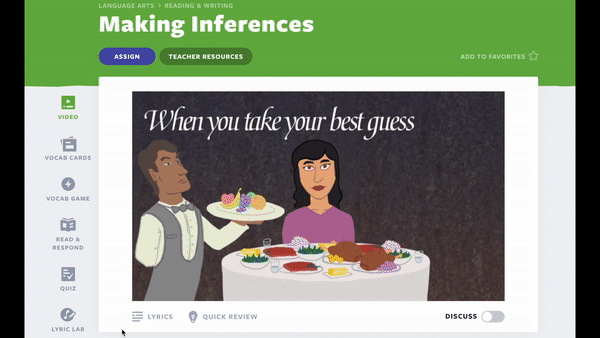
4. Interacting via video
Nearpod Interactive Video
The interactivity teachers and students value in Nearpod slides-based lessons is now available for videos!
Video instruction is such a powerful tool for teachers, especially during distance learning. However, video on its own can be passive; students sit and watch, rather than interacting with the information.
In the physical classroom, you’d likely pause and ask questions at key moments during a video. With Nearpod, you can pre-determine these checks for understanding, even during asynchronous instruction, and every student has the opportunity to respond on their device.
Upload a video of yourself teaching, find the perfect video on YouTube, or check out our library of over 1,000 videos with questions already built in!
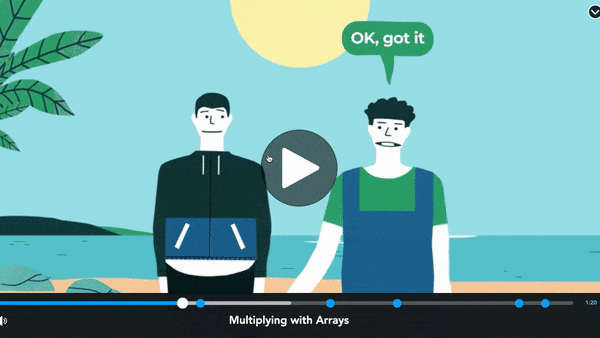
Nearpod with Flipgrid
Nearpod now has integrated with Flipgrid, taking video-based conversations to a new level. Flipgrid is like a discussion board that uses video rather than text. You can use it for:
- Book reports
- Reflections
- Teacher-student conferencing
- Class debates
Students can also record themselves answering your questions. Then, you might have their classmates like and share the videos. Using Nearpod with Flipgrid can help students feel more connected with each other.
By embedding Flipgrid into your Nearpod lesson, students have a seamless experience. Easily include Flipgrid after a media source to capture student reactions, and add in other question types. Students access, all with one link!
Putting it all together
Distance learning makes ensuring student engagement and participation even more of a challenge than ever. Nearpod can help you flex your tried-and-true methods for distance learning, and maybe even help you find something new that works for you and your students! With these four ways to increase student engagement and participation, your students (and you!) will be eager to log in for the next lesson.
Get more inspiration from fellow educators by joining the Nearpod Educators Facebook Group.

Nearpod’s award-winning platform is used by thousands of schools around the globe, transforming classroom engagement.








